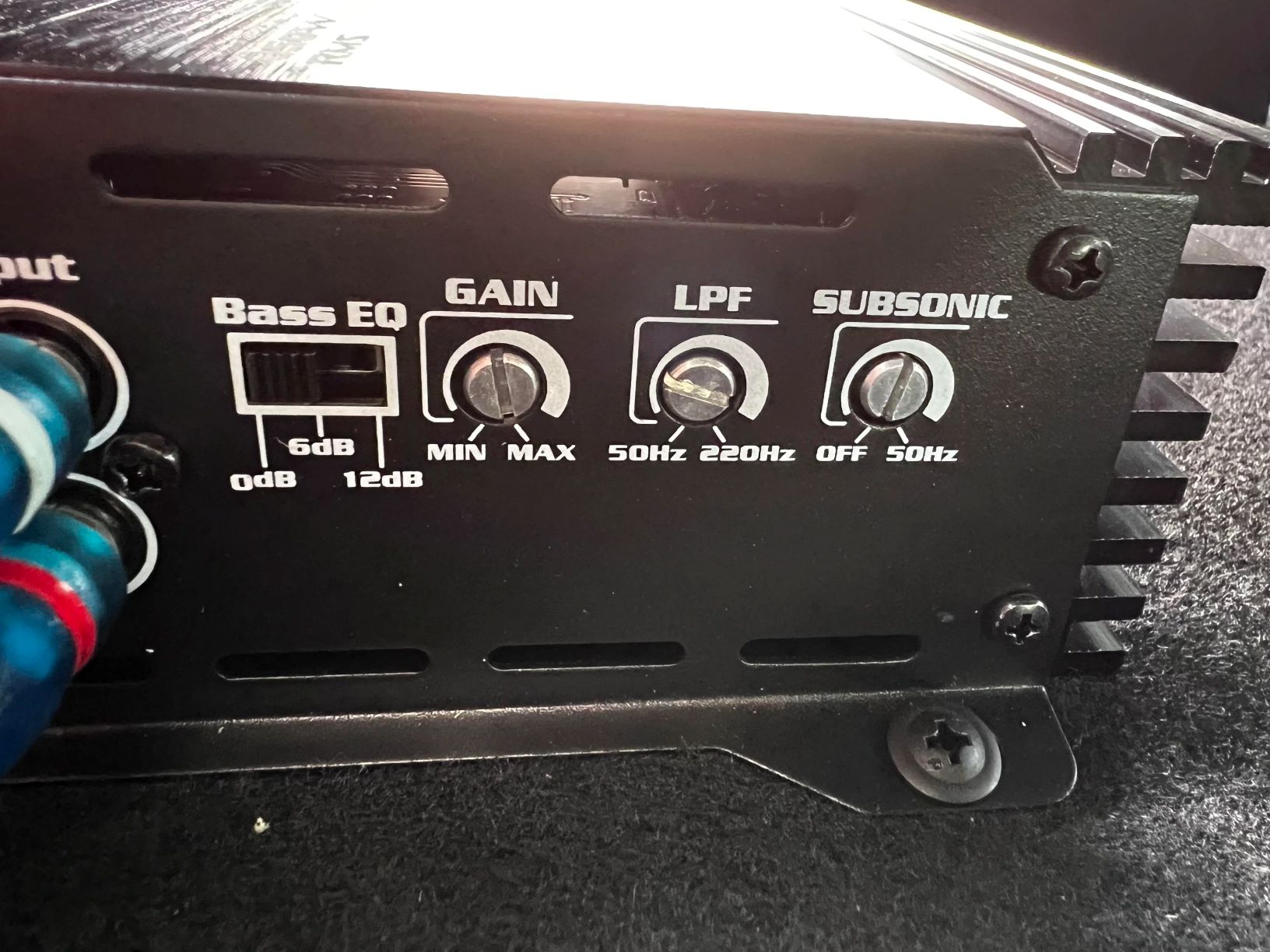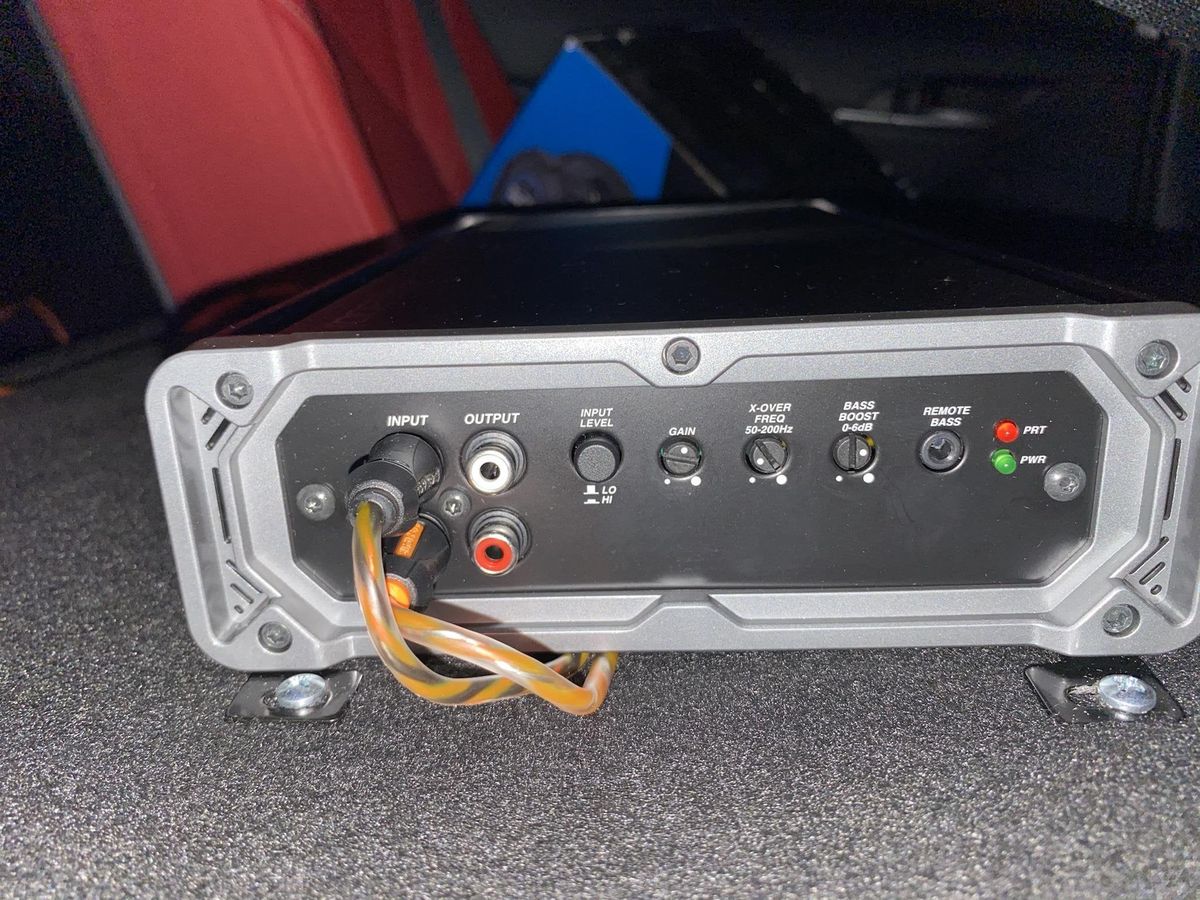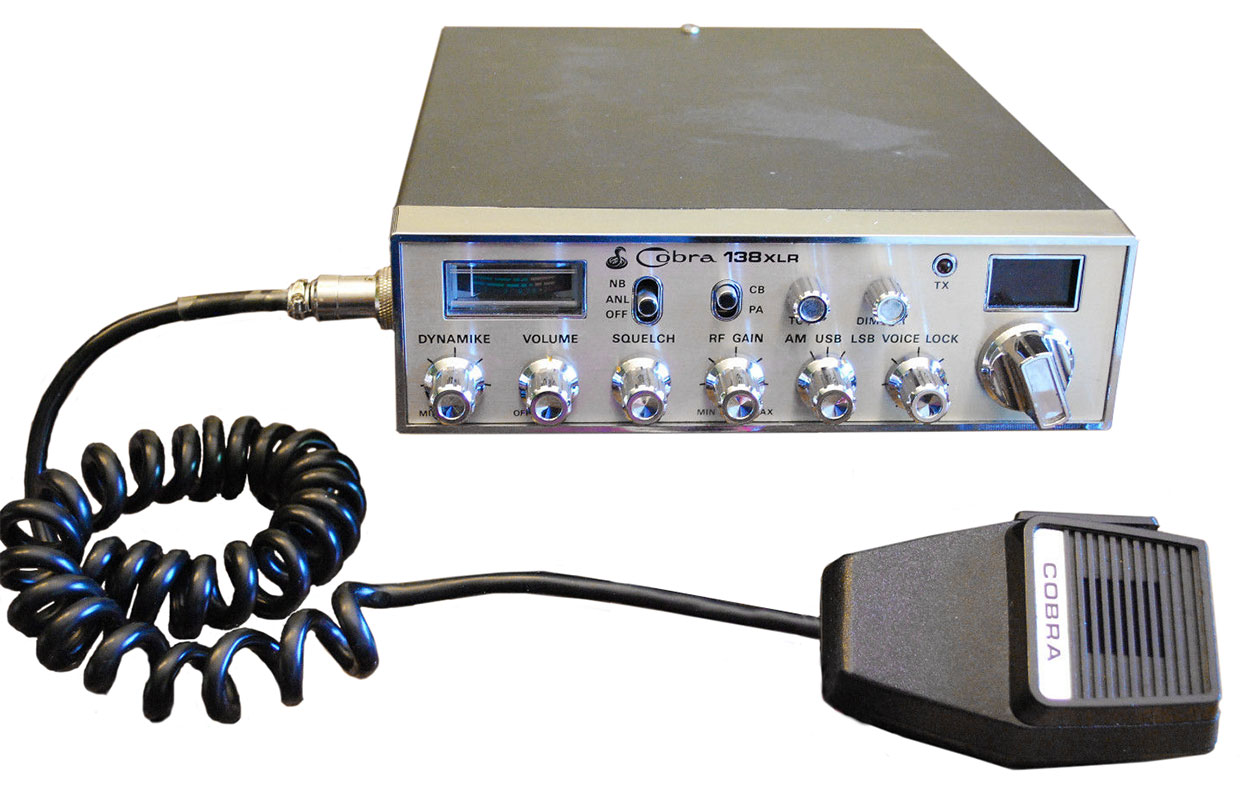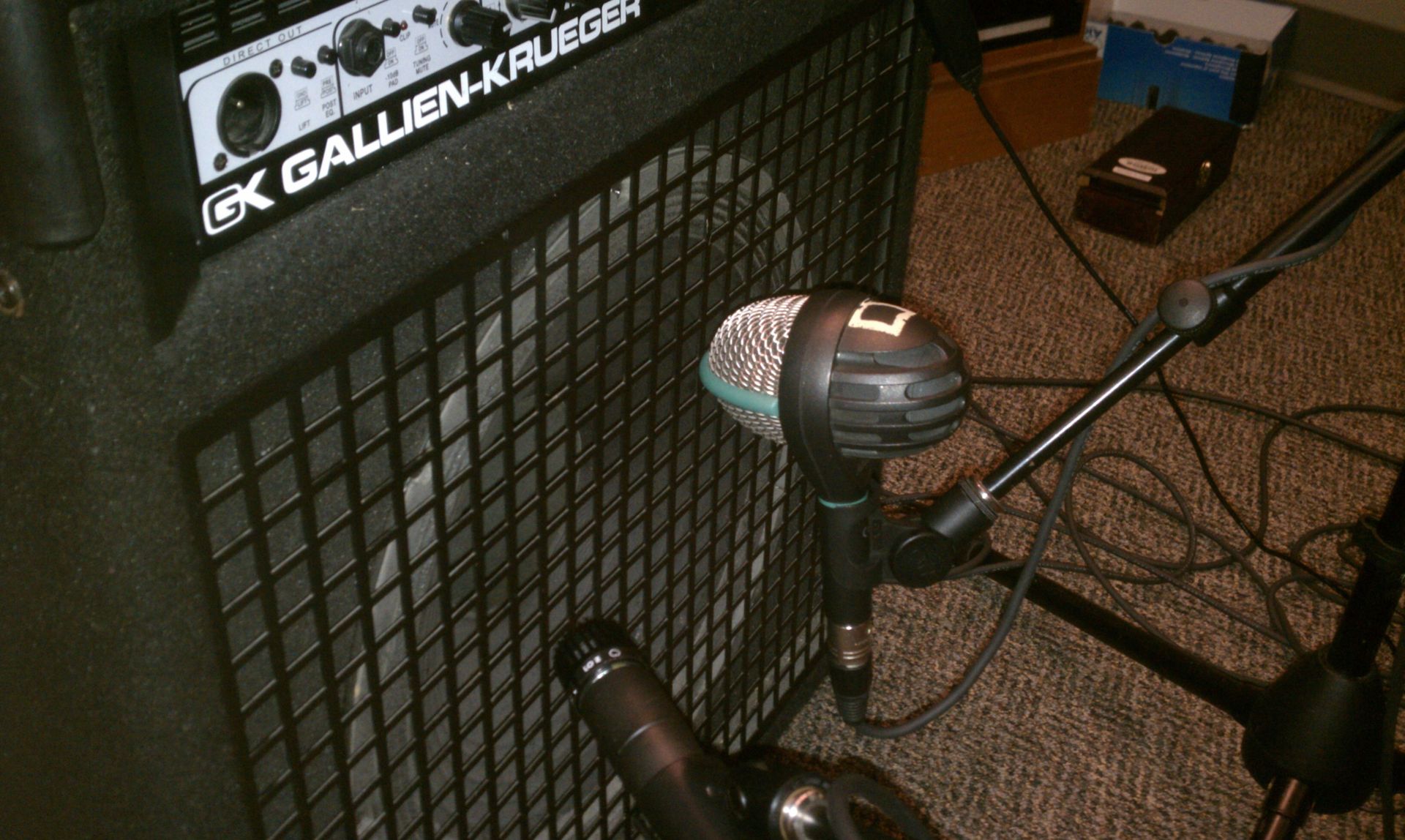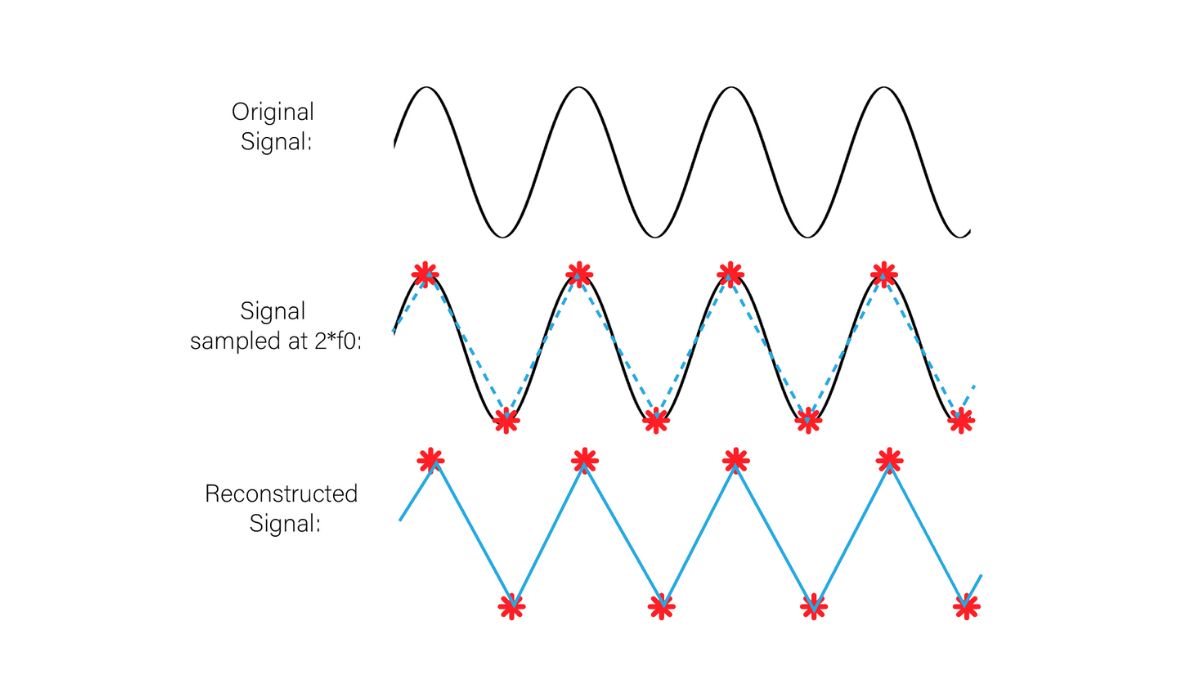Home>Events & Info>Frequency>How To Set Gain And Frequency On Amp


Frequency
How To Set Gain And Frequency On Amp
Published: February 18, 2024
Learn how to set gain and frequency on your amp with our step-by-step guide. Adjust the frequency to achieve the perfect sound for your music.
(Many of the links in this article redirect to a specific reviewed product. Your purchase of these products through affiliate links helps to generate commission for AudioLover.com, at no extra cost. Learn more)
Table of Contents
Introduction
Setting gain and frequency on an amplifier is a crucial aspect of optimizing audio performance. Whether you're a seasoned audio enthusiast or a novice looking to enhance your sound system, understanding how to set gain and frequency on your amp can significantly impact the quality of your audio output. By delving into the intricacies of gain and frequency, you can unlock the full potential of your amplifier and tailor the sound to your preferences.
In this comprehensive guide, we will explore the fundamentals of gain and frequency, providing practical insights into the process of setting these parameters on your amplifier. From demystifying the technical jargon to offering actionable tips for optimization, this article aims to empower you with the knowledge needed to make informed decisions when adjusting gain and frequency settings.
Whether you're fine-tuning the audio system in your car, optimizing the sound in your home theater, or setting up a professional audio rig, mastering the art of gain and frequency adjustment is essential for achieving the best possible audio experience. Join us as we embark on a journey to unravel the intricacies of gain and frequency, equipping you with the expertise to elevate your audio setup to new heights.
Understanding Gain and Frequency
Before delving into the process of setting gain and frequency on your amplifier, it’s essential to grasp the fundamental concepts behind these parameters. Gain, often referred to as sensitivity or level, determines the amplification of the audio signal. When adjusting the gain, you are essentially controlling the input level of the audio signal, dictating how much the amplifier amplifies the incoming sound. It’s crucial to find the optimal balance, as excessive gain can lead to distortion, while insufficient gain may result in a weak, underwhelming audio output.
On the other hand, frequency pertains to the range of audio signals that the amplifier can reproduce. It encompasses the entire spectrum of audible frequencies, from the deep rumble of bass tones to the crisp clarity of treble notes. Understanding frequency is pivotal in tailoring the sound to suit your preferences, as it allows you to accentuate or attenuate specific frequency bands, thereby shaping the overall sonic characteristics of the audio output.
When adjusting the frequency settings on your amplifier, you have the opportunity to fine-tune the audio reproduction to align with the acoustics of your listening environment and your personal sonic preferences. By comprehending the interplay between gain and frequency, you can wield a profound influence over the sonic profile of your audio system, sculpting the sound to deliver an immersive and captivating listening experience.
By gaining a deeper understanding of these core concepts, you will be better equipped to navigate the intricacies of setting gain and frequency on your amplifier. In the subsequent sections, we will delve into the practical aspects of adjusting these parameters, empowering you to optimize your audio setup with confidence and precision.
Setting Gain on Amp
Adjusting the gain on your amplifier is a pivotal step in optimizing the audio performance of your sound system. While the specific method of setting gain may vary depending on the type of amplifier and audio source, the underlying principles remain consistent. The goal is to achieve a balanced amplification level that maximizes the signal-to-noise ratio, ensuring a clean and powerful audio output without introducing distortion or excessive noise.
To set the gain effectively, start by playing a reference audio track with a consistent, moderate level. This track should represent the typical volume of your audio content, allowing you to calibrate the gain based on real-world usage scenarios. With the reference track playing, adjust the gain control on your amplifier until the audio output reaches the desired volume without exhibiting any signs of distortion or clipping. It’s crucial to exercise caution and refrain from pushing the gain to the point of distortion, as this can compromise the fidelity of the audio signal.
One popular method for setting gain involves using a multimeter or dedicated audio calibration tools to measure the output voltage of the amplifier. By referencing the amplifier’s specifications and the target voltage level, you can fine-tune the gain control to achieve the desired output voltage, thereby ensuring a consistent and accurate amplification level across different audio sources and content types.
Another approach involves leveraging built-in signal indicators or audio analysis tools, if available, to monitor the input and output levels of the amplifier in real-time. This allows for precise adjustments, enabling you to dial in the gain with precision and confidence.
Ultimately, the key to setting gain on your amplifier lies in achieving a harmonious balance between amplification and fidelity. By exercising diligence and utilizing the available tools and resources, you can fine-tune the gain to unleash the full potential of your audio system, delivering a captivating and immersive listening experience.
Setting Frequency on Amp
Configuring the frequency settings on your amplifier is a pivotal aspect of tailoring the audio output to suit your sonic preferences and the acoustics of your listening environment. Whether you’re aiming to accentuate the thumping bass frequencies for a dynamic music listening experience or fine-tune the midrange and treble frequencies for crystal-clear vocal reproduction, understanding how to set the frequency on your amp empowers you to sculpt the sonic landscape with precision.
Many amplifiers, especially those designed for car audio and home theater applications, feature built-in equalization (EQ) controls that allow for the adjustment of frequency bands. These controls often include sliders or knobs corresponding to specific frequency ranges, such as bass, midrange, and treble. By manipulating these EQ controls, you can selectively boost or attenuate the intensity of specific frequency bands, thereby shaping the tonal characteristics of the audio output.
When setting the frequency on your amp, it’s essential to consider the sonic characteristics of the audio content you typically engage with. For music enthusiasts, this may involve tailoring the frequency response to accentuate the nuances of different musical genres, from the thunderous lows of electronic dance music to the intricate highs of classical compositions. Similarly, for home theater enthusiasts, optimizing the frequency settings can enhance the cinematic experience by emphasizing impactful low frequencies and ensuring clear dialogue reproduction.
Furthermore, understanding the acoustics of your listening environment is paramount when setting the frequency on your amplifier. Factors such as room dimensions, furniture placement, and acoustic treatments can influence the way sound propagates and interacts with the space. By adjusting the frequency settings to compensate for any acoustic anomalies or to complement the unique sonic characteristics of your listening space, you can elevate the overall audio experience to new heights.
For advanced users and audio professionals, parametric equalizers provide an even greater degree of control over the frequency spectrum, allowing for precise adjustments of specific frequency bands, bandwidths, and amplitude levels. This level of granularity enables meticulous tailoring of the audio response, making it possible to address specific sonic imperfections or to achieve a highly personalized sonic signature.
By mastering the art of setting frequency on your amplifier, you can unlock the full potential of your audio system, creating a sonic landscape that resonates with your individual preferences and delivers a truly immersive listening experience.
Tips for Optimizing Gain and Frequency
Optimizing the gain and frequency settings on your amplifier is a nuanced process that can greatly enhance the audio performance of your sound system. To ensure that you achieve the best possible results and maximize the potential of your amplifier, consider the following tips and best practices:
- Use Reference Tracks: When adjusting the gain, utilize reference audio tracks that represent the typical volume and dynamics of your regular audio content. This allows you to calibrate the gain to suit real-world usage scenarios, ensuring consistent and optimal amplification levels across different sources.
- Monitor Signal Integrity: Keep a close eye, or ear, on the audio signal for any signs of distortion, clipping, or noise as you adjust the gain. Strive to find the sweet spot where the audio output is robust and clean without being marred by unwanted artifacts.
- Consider Room Acoustics: When setting the frequency on your amplifier, take into account the acoustics of your listening environment. Adjust the frequency settings to compensate for any acoustic anomalies and to complement the unique sonic characteristics of your space, thereby optimizing the audio experience.
- Embrace Subtle Adjustments: When fine-tuning the frequency settings, exercise restraint and make subtle adjustments to specific frequency bands. Avoid drastic boosts or cuts unless necessary, as excessive manipulation can lead to unnatural tonal imbalances.
- Utilize Calibration Tools: If available, leverage multimeters, audio analyzers, or built-in signal indicators to aid in the precise calibration of gain and frequency settings. These tools can provide valuable insights and ensure accurate adjustments.
- Seek Professional Guidance: For complex audio setups or critical listening environments, consider consulting with audio professionals or acoustic engineers. Their expertise can provide invaluable guidance in optimizing gain and frequency to achieve the best possible audio fidelity.
- Document Your Settings: Once you’ve optimized the gain and frequency on your amplifier, consider documenting the settings for future reference. This can be particularly useful when fine-tuning the audio system for different content types or when reconfiguring the setup in the future.
By incorporating these tips into your approach to setting gain and frequency on your amplifier, you can navigate the intricacies of audio optimization with confidence and precision, ultimately unlocking the full potential of your sound system and enjoying a captivating and immersive audio experience.
Conclusion
Mastering the art of setting gain and frequency on your amplifier is a transformative journey that empowers you to shape the sonic landscape according to your preferences and the unique characteristics of your listening environment. By understanding the fundamental principles of gain and frequency and applying practical techniques to optimize these parameters, you can unlock the full potential of your audio system, delivering a captivating and immersive listening experience.
Through the careful calibration of gain, you can achieve a harmonious balance between amplification and fidelity, ensuring that the audio output remains robust, clean, and free from distortion or unwanted artifacts. Meanwhile, the strategic adjustment of frequency settings allows you to sculpt the tonal characteristics of the audio reproduction, accentuating specific frequency bands to suit different content types and personal sonic preferences.
As you embark on the journey of setting gain and frequency, remember to leverage reference tracks, monitor signal integrity, and consider the acoustics of your listening environment. Embrace subtle adjustments, utilize calibration tools, and seek professional guidance when necessary to achieve the best possible results.
Ultimately, the process of setting gain and frequency on your amplifier is not merely a technical endeavor, but an opportunity to craft a sonic experience that resonates with your individual preferences and elevates the enjoyment of audio content. Whether you’re fine-tuning a car audio system, optimizing a home theater setup, or configuring a professional audio rig, the mastery of gain and frequency adjustment equips you with the expertise to unlock the full potential of your sound system.
By incorporating the insights and best practices shared in this guide, you are poised to embark on a journey of sonic exploration, where the art of gain and frequency adjustment becomes a powerful tool for shaping the audio landscape and creating a truly immersive and captivating listening experience.




